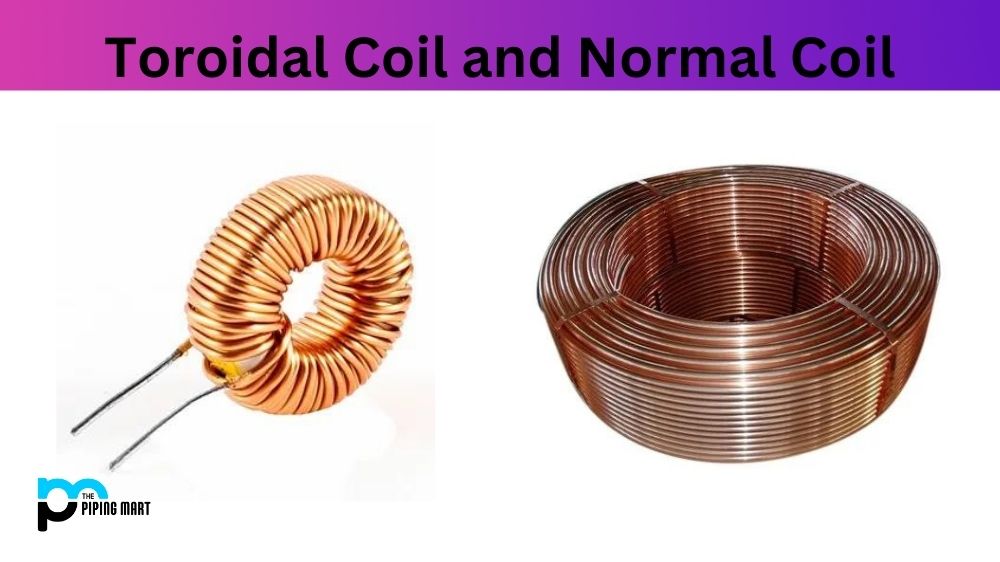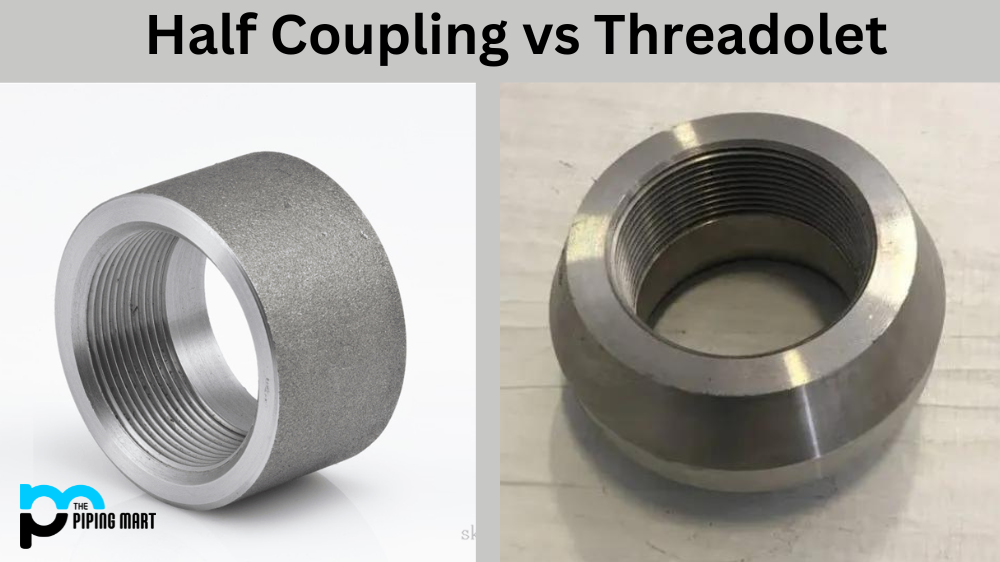Coils are an essential component of electronic devices and are used in various applications. They play a vital role in the functioning and performance of electronic devices. When it comes to coils, there are several types, including toroidal coils and normal coils. While both are used for inductive applications, they serve different purposes. This blog post will explore and explain the key differences between toroidal and normal coils.
What is Toroidal Coil?
A toroidal coil is an electrical component consisting of a wire wound around a doughnut-shaped core, used to provide inductance or produce electromagnetic fields. It’s usually made from copper or ferrite material and can provide significantly greater inductance than similarly sized solenoid coils. Toroid coils are often used in high frequency applications, such as radio antennas and oscillator circuits.
What is Normal Coil?
A Normal Coil is a type of transformer winding that is typically used in power transformers. It has several layers of windings wound on top of one another to increase the number of turns and voltage ratio between the primary and secondary winding. The coil is usually made from insulated copper wire, but other materials such as aluminum are also used. The main advantage of a Normal Coil is its low cost and high efficiency compared to more complex types.
Difference Between Toroidal Coil and Normal Coil
Definition
Let’s first define these two types of coils. A normal coil is a wire wrapped in many turns around a cylindrical core that generates magnetic fields. It can be of many shapes and sizes. On the other hand, a toroidal coil is formed by winding a wire around a circular core, forming a toroidal shape. It has a closed magnetic path and is used for inductive applications where high performance, low output, and low noise are required.
Construction
Normal coils are constructed using various cores like air, iron, powdered iron, etc. The turns of wire are also spaced out on the core, which creates a magnetic field that is broad and unfocused. In contrast, toroidal coils are manufactured by tightly winding wire around a circular core, ensuring no air gaps or spaces. The tightly wound turns result in a more efficient, concentrated, focused magnetic field.
Performance
Normal coils are designed to generate magnetic fields. They have high inductance and high output voltage and current. However, they have low-efficiency levels due to the need for more concentration of magnetic fields. On the other hand, toroidal coils have low-performance levels compared to normal coils. However, they have a highly concentrated magnetic field, making them ideal for applications requiring low noise levels, such as audio applications. They are also highly efficient, making them suitable for power transformers that result in less power loss.
Size and Weight
Normal coils can have many shapes and sizes. However, they are heavier than toroidal coils due to the presence of a core material, which adds weight to the overall design. This makes them unsuitable for applications where space and weight are a concern. Toroidal coils, on the other hand, are highly compact and lightweight, making them ideal for use in small devices such as amplifiers, power supplies, and other audio equipment.
Cost
Normal coils are relatively inexpensive to manufacture when compared to toroidal coils. This is because they have a simple construction and are made with low-cost materials like air cores. In contrast, toroidal coils are more expensive due to the specialized equipment and skills required to make them. The tightly wound wire also requires more material, making it costlier.
Conclusion:
In conclusion, toroidal and normal coils are two types used for inductive applications in electronic devices. While both serve different purposes, understanding their key differences is crucial when selecting the right coil type for a specific application. Performance, size, weight, cost, and other design considerations are critical when deciding between toroidal and normal coils. Choosing the right coil will ensure your device operates efficiently and performance goals are achieved.

Abhishek is a seasoned blogger and industry expert, sharing his insights and knowledge on various topics. With his research, Abhishek offers valuable insights and tips for professionals and enthusiasts. Follow him for expert advice on the latest trends and developments in the metal industry.




